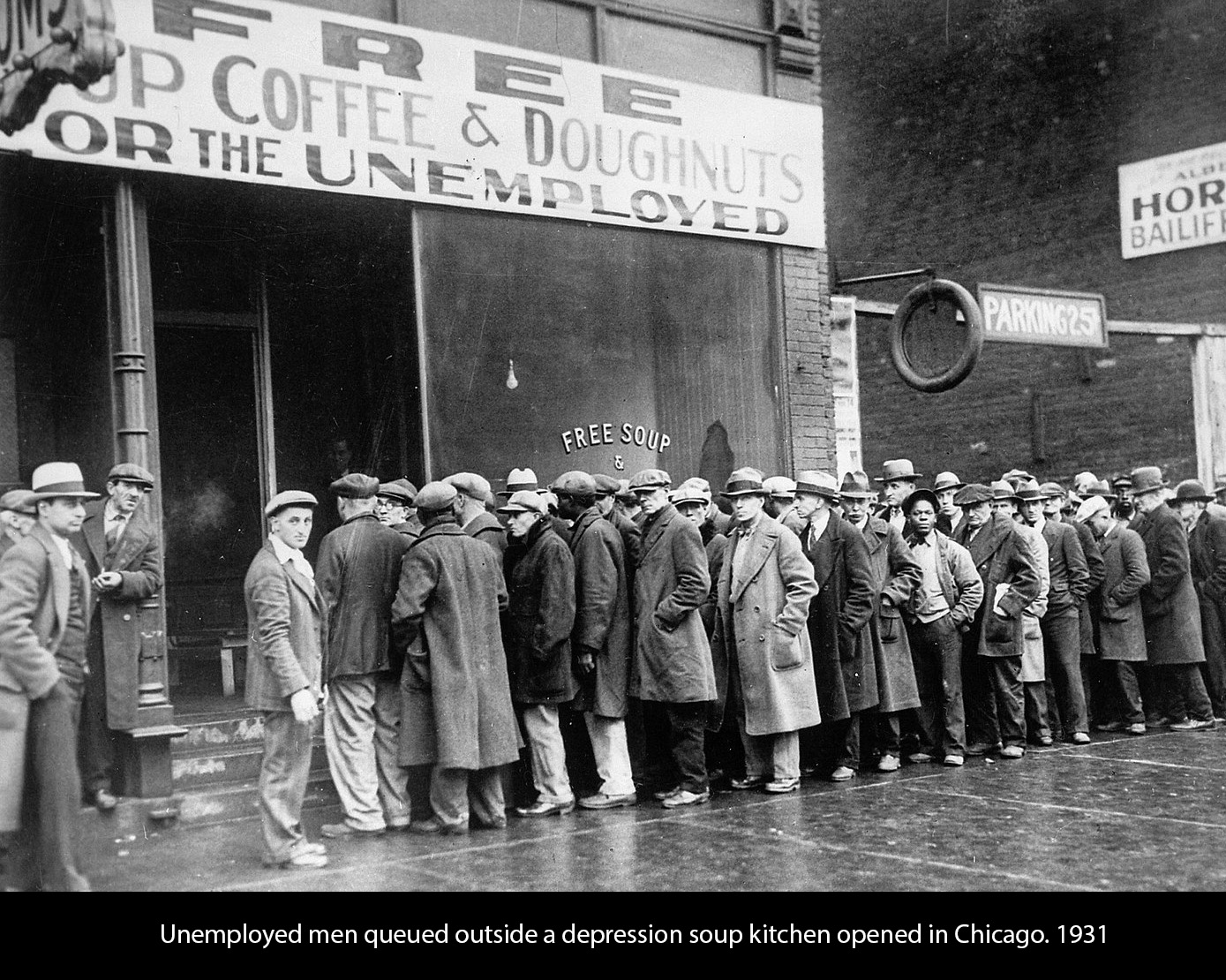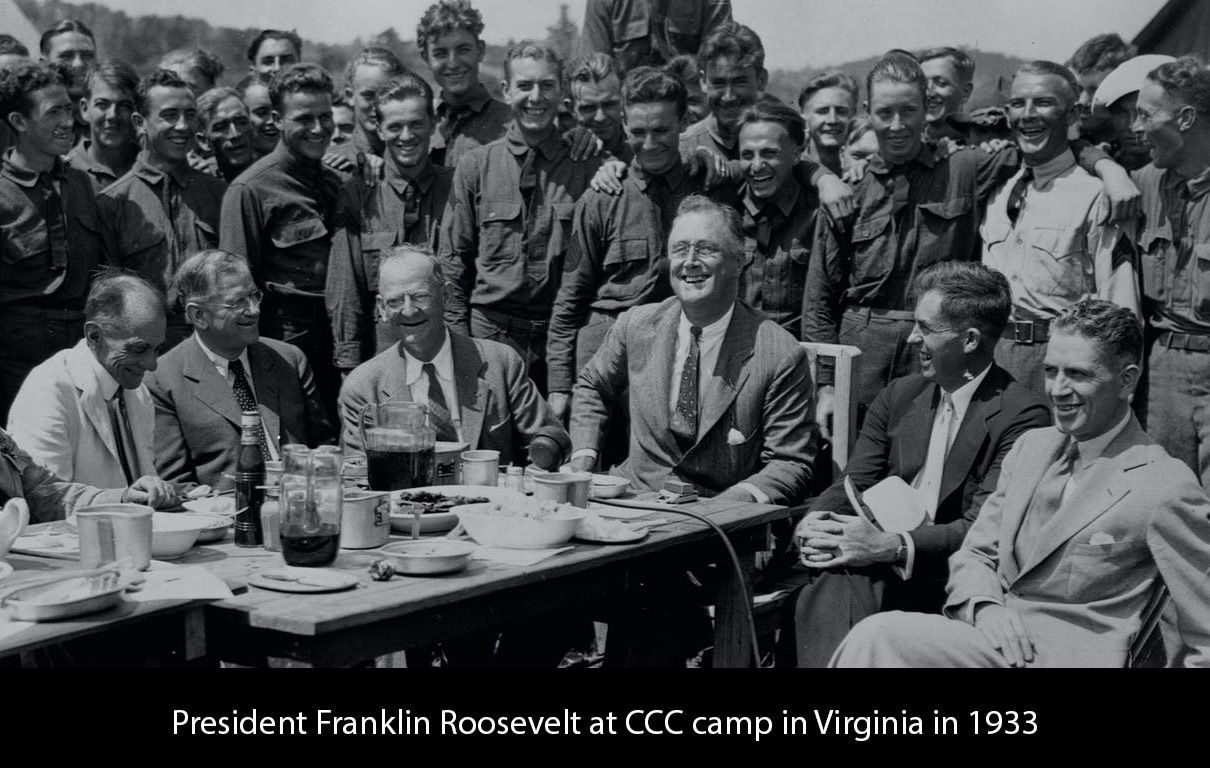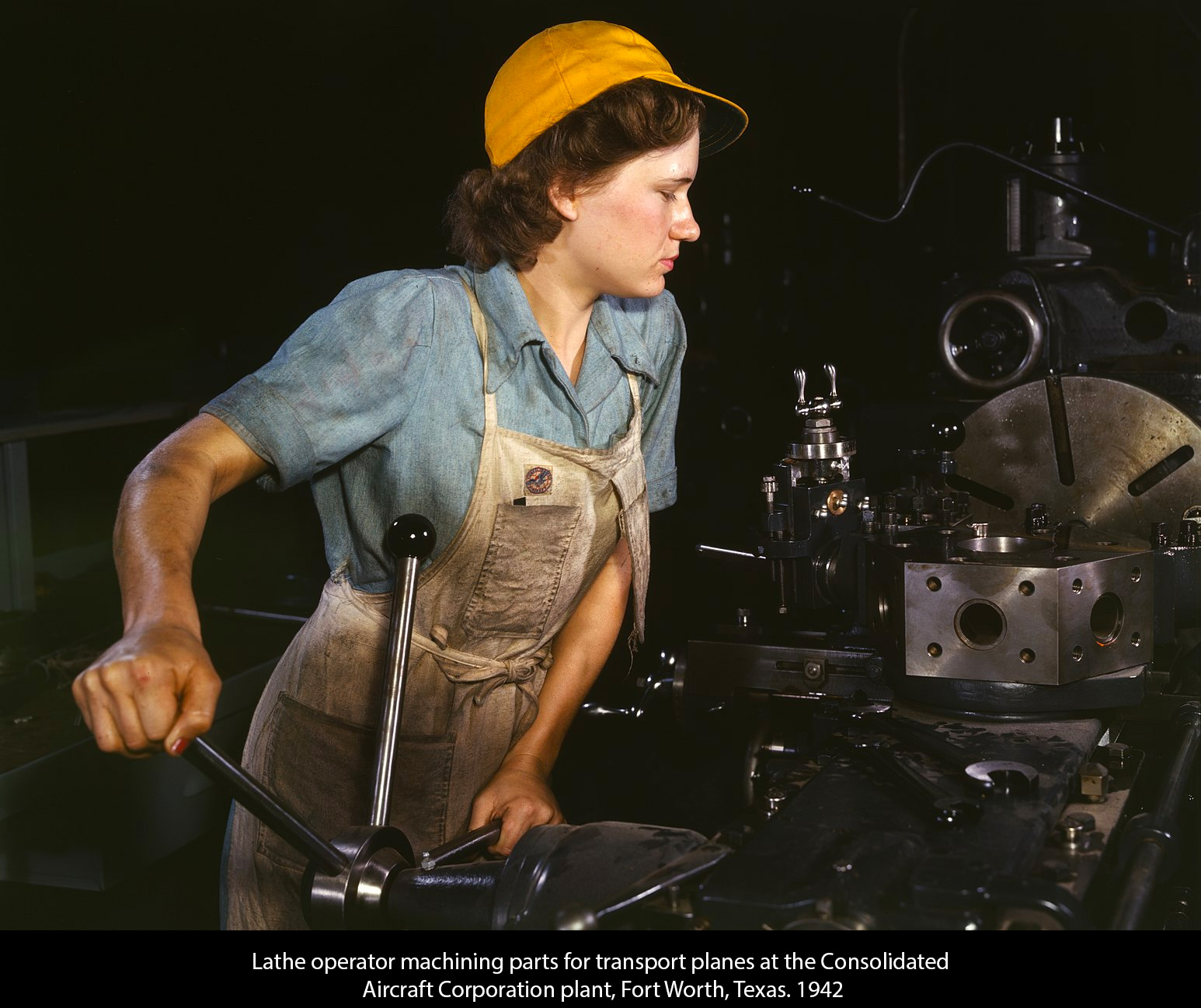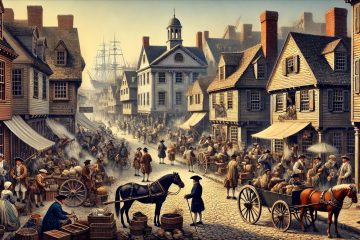 History of Business in America: The Great Depression, Recovery & WWII
History of Business in America: The Great Depression, Recovery & WWII
The period from 1929 to 1945 in U.S. history is marked by significant events that dramatically shaped the business landscape and the economy. This era includes the Great Depression, the New Deal, and World War II, each having profound impacts on economic policies, business practices, and societal norms.
The Great Depression (1929-1939):
- The Wall Street Crash of 1929, also known as Black Tuesday, marked the start of the Great Depression. Stock prices plummeted, leading to a collapse of investor confidence and widespread panic.
- Banking panics ensued as people rushed to withdraw their savings, leading to the failure of many banks and a severe contraction in credit.
- The downturn in consumer spending led to reduced demand for goods and services, causing businesses to lay off workers and reduce production.
- By 1933, the unemployment rate had soared to around 25%, and GDP had fallen by about 30% from its 1929 peak.
 Government Response to the Great Depression:
Government Response to the Great Depression:
- President Herbert Hoover initially pursued a hands-off approach to the economy, believing that the downturn would correct itself. However, his policies were largely ineffective in combating the crisis.
- In 1933, President Franklin D. Roosevelt introduced the New Deal, a series of programs aimed at providing relief, recovery, and reform. These included public works projects to create jobs, financial reforms to stabilize the banking system, and social welfare programs to assist those most affected by the Depression.
- Programs of The New Deal included initiatives like the Civilian Conservation Corps (CCC), the Works Progress Administration (WPA), and the Social Security Act.
Government Intervention and Regulation:
- The New Deal era saw increased government intervention in the economy. Roosevelt established regulatory agencies such as the Securities and Exchange Commission (SEC) to oversee financial markets and the Federal Deposit Insurance Corporation (FDIC) to insure bank deposits, restoring confidence in the banking system.
- The National Recovery Administration (NRA) sought to stabilize prices and wages. The National Industrial Recovery Act (NIRA) aimed to stimulate industrial recovery by establishing codes of fair competition, minimum wages, and maximum hours. However, it was later declared unconstitutional by the Supreme Court.
 Industrial Recovery and World War II (1939-1945):
Industrial Recovery and World War II (1939-1945):
- The outbreak of World War II in Europe in 1939 and the U.S. entry into the war in 1941 provided a significant stimulus to the American economy.
- The government ramped up military production, leading to increased demand for goods and services. Many industries shifted their focus to wartime production, such as manufacturing weapons, aircraft, and vehicles.
- The war effort created millions of new jobs, reducing unemployment and boosting consumer spending. Women entered the workforce in large numbers to fill roles left vacant by men who enlisted in the military.
- Government spending on the war effort helped lift the economy out of the Great Depression, with GDP growing rapidly during the war years.
Post-War Economic Boom:
- Following the end of World War II in 1945, the U.S. experienced a period of sustained economic growth and prosperity.
- The GI Bill provided education and housing benefits to returning veterans, contributing to increased homeownership and consumer spending.
- The baby boom, a significant increase in births during the late 1940s and 1950s, further fueled economic expansion as families purchased goods and services for their growing families.
- The U.S. emerged as a dominant economic and military power on the world stage, with its industrial capacity largely intact and its economy booming.
The era from 1929 to 1945 was a period of extreme economic volatility that reshaped U.S. business and economic policies. The responses to the crises of this period, particularly the New Deal and the economic mobilization for World War II, laid the foundation for modern economic policy and labor practices, setting the stage for the post-war economic boom.
Main Image Source: Wikipedia | CCC Camp: Wikimedia Commons | Female Worker: Wikimedia Commons
Content Sources: Original | Generative AI


